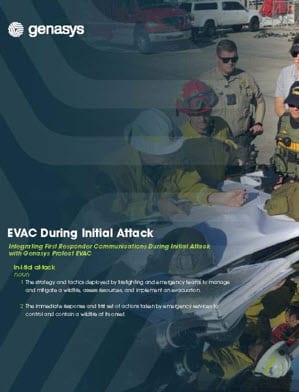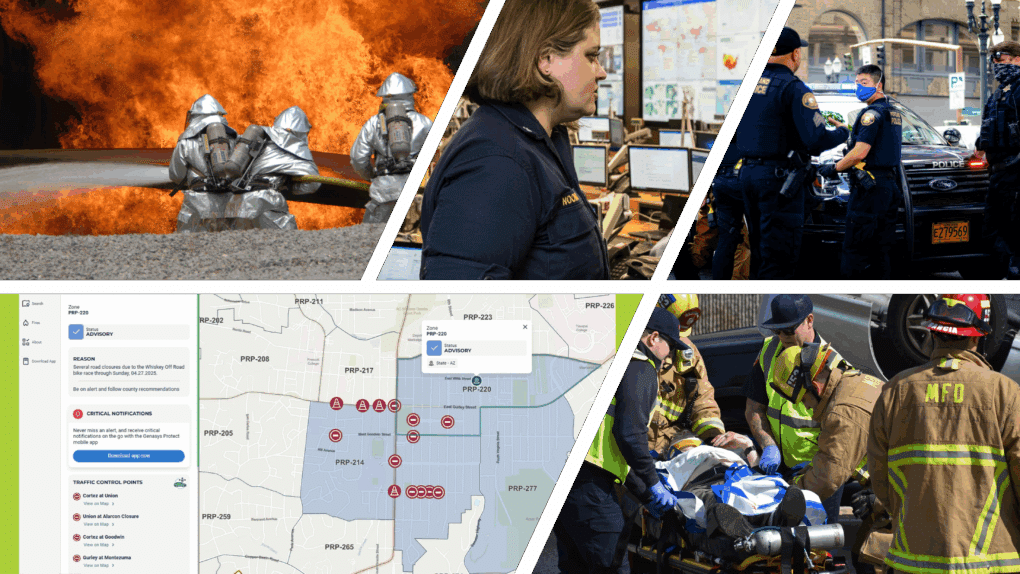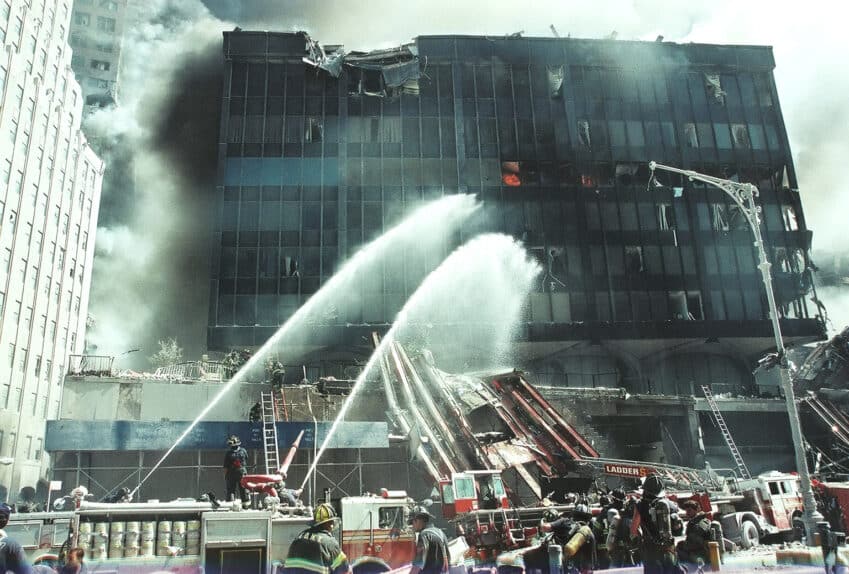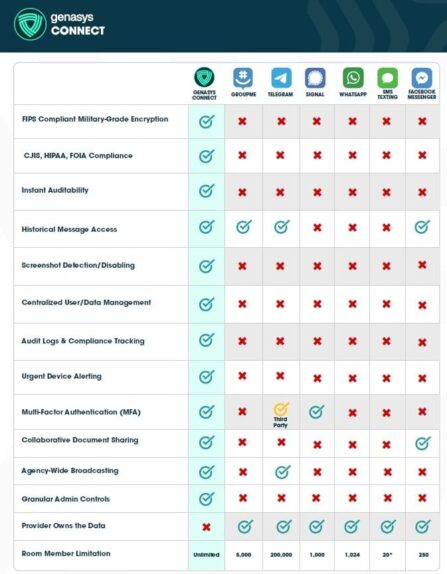Wildfires pose a significant threat to communities, and effective evacuation is crucial for ensuring the safety of residents. However, there are various risk factors and challenges associated with wildfire evacuations that need to be addressed. In this blog post, we will summarize the key findings from a literature review on wildfire evacuation sponsored by the Marin Fire Prevention Authority. We will discuss the leading causes of civilian fatalities during evacuations, the impact of communication failures, factors contributing to residents departing too late, and strategies for mitigating these risks.
The Journey
Recent studies have identified several leading causes of civilian fatalities during wildfire evacuations. Extreme fire behavior is a critical risk factor that can overwhelm evacuation plans. In situations with extreme wind-driven fires, flames spread rapidly, spot fires merge into multi-fire complexes, and fires expand into populated areas before people can evacuate. Communication failures also contribute to fatalities as delayed or insufficient alerts hinder timely evacuation orders.
Leading Causes of Civilian Fatalities
The analysis revealed three overarching themes: informing evacuation decisions, speed of notifications, and speed of evacuations. While participants did not heavily rely on EVAC’s simulation tool for decision-making, they acknowledged its efficacy in rapidly notifying communities once evacuation decisions were made. Public safety professionals expressed a preference for zone-based evacuation tools, particularly EVAC, over traditional methods. The study recommended implementing EVAC for efficient evacuation execution, emphasizing connectivity with dispatch centers, and approaching public awareness campaigns cautiously to prevent confusion.
Impact of Communication Failures
Timely communication is essential for successful evacuations. However, failures in alerting systems and delays in communication can impede residents from receiving evacuation orders on time. This becomes particularly challenging during extreme fire conditions when power outages or damaged infrastructure affect traditional communication methods. Lack of timely and clear communication can lead to residents being caught unaware of the fire threat, resulting in last-minute evacuations or a decision to stay and defend their homes. It is crucial for emergency response agencies to utilize multiple communication channels, provide detailed and actionable information, and ensure redundancy in alerting systems to overcome communication failures.
Residents Departing Too Late
One of the significant challenges during wildfire evacuations is residents departing too late. Several social and economic factors influence individuals’ decision-making, including age, income, length of residence, family status, and pet ownership. Elderly individuals or those with limited mobility may require more time to evacuate, while some residents may choose to stay based on a sense of duty or lack of awareness about the immediate threat. Educating the public about evacuation protocols, providing targeted outreach campaigns for diverse audiences, and analyzing demographic data can help address these challenges.
Migration Strategies
To mitigate the risks associated with wildfire evacuations, several strategies can be implemented:
- Increase public awareness: Educate residents about evacuation protocols, emergency notification systems, and available resources through community outreach programs and public campaigns.
- Improve communication systems: Enhance redundancy in alerting systems and utilize various channels such as social media, weather radios, and mobile applications to ensure timely and clear communication to residents.
- Enhance preparedness: Encourage residents to create evacuation plans, prepare emergency kits, and have a clear understanding of evacuation routes and designated safe spaces.
- Infrastructure improvements: Improve road networks, signage, and access points in high-risk areas. Implement vegetation management strategies to reduce fire hazards along evacuation routes.
- Traffic management: Develop traffic management plans that include contraflow measures, traffic rerouting, and the allocation of resources for directing traffic during evacuations. Consider the needs of vulnerable populations, such as tourists or individuals without vehicle access, in traffic management strategies.
Conclusion
Successful wildfire evacuations require a comprehensive approach that addresses the various risk factors and challenges associated with evacuations. By improving communication systems, increasing public awareness, enhancing preparedness measures, making infrastructure improvements, and implementing effective traffic management strategies, communities can work towards ensuring safer and more efficient evacuations during future wildfire events. It is crucial for emergency response agencies and residents alike to prioritize proactive measures that mitigate risks and promote community resilience in the face of wildfires.















